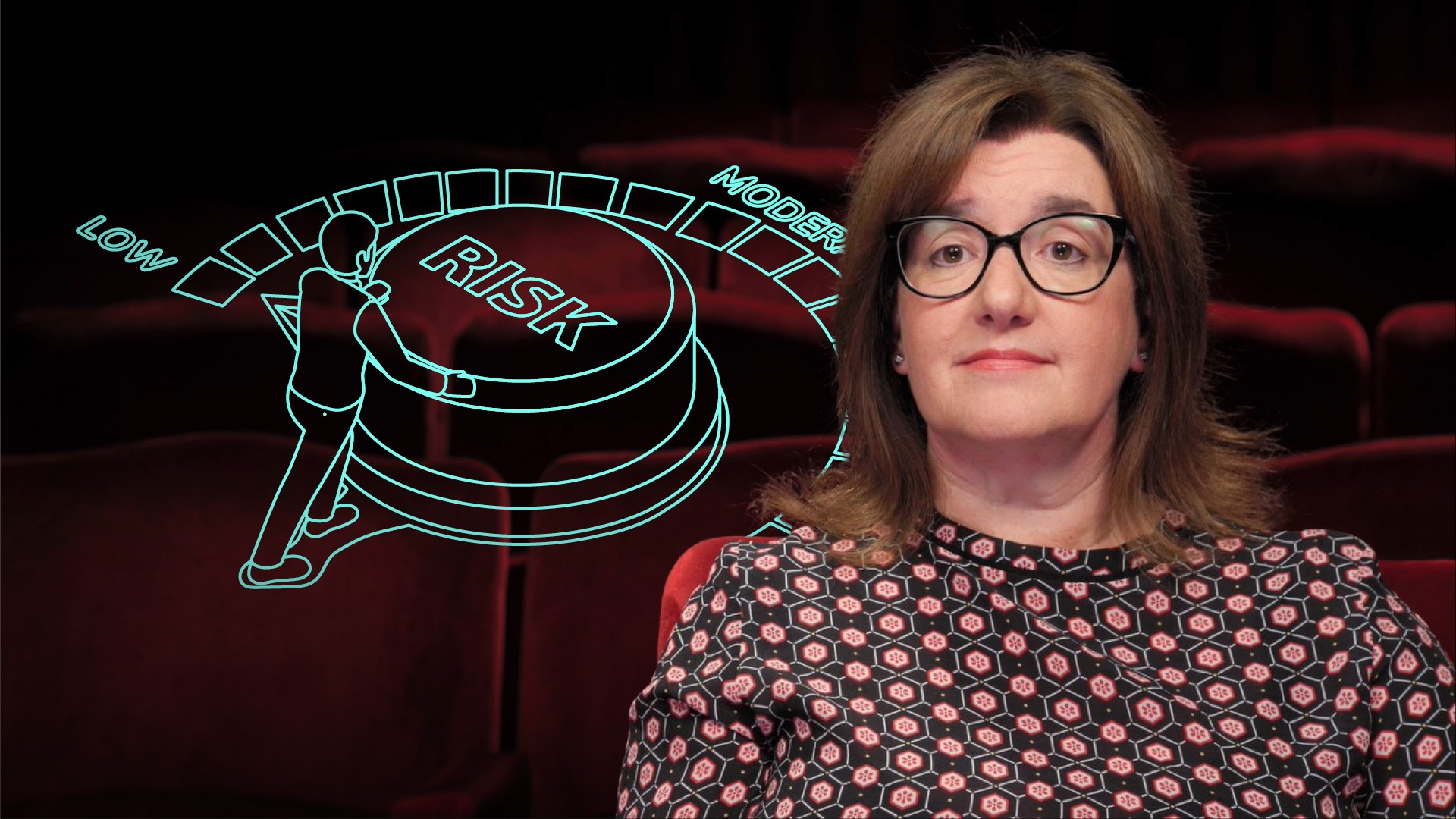
Documentary Protections for Credit Risk Mitigation

Belinda Green
30 years: Credit risk specialist
This video focuses on on documentary protections. Documentation is a crucial part of the credit risk mitigation process. Effective deal structuring minimises the severity of loss, and gives lenders a measure of control over the assets and cash flows of the borrower. It also provides lenders with early warning signs of potential credit risk migration.
This video focuses on on documentary protections. Documentation is a crucial part of the credit risk mitigation process. Effective deal structuring minimises the severity of loss, and gives lenders a measure of control over the assets and cash flows of the borrower. It also provides lenders with early warning signs of potential credit risk migration.

Documentary Protections for Credit Risk Mitigation
12 mins 44 secs
Key learning objectives:
What is deal structuring?
Understand the documentary protection of risk mitigation
Learn the difference between direct and indirect control
What is collateral?
Overview:
Documentation is a crucial part of the credit risk mitigation process. Effective deal structuring minimises the severity of loss, by giving the lender a measure of control over the assets and cash flows of the borrower. It also provides lenders with early warning signs of potential credit risk migration.
What is deal structuring?
It is a tool that minimises losses and gives lenders a measure of control over assets, contracts and cash flows of the borrower.
What does effective deal structuring ensure?
Effective deal structuring doesn’t just minimise potential losses. It also provides lenders with early warning signs of a potential deterioration in the borrower’s credit risk profile and it ensures the enforceability of the documentation and any security arrangements according to the applicable governing law and jurisdiction of the documentation in the event of default and acceleration of the obligation.
What is the difference between direct and indirect control?
Direct Control over the assets, cash flows and contracts of the borrower gives the lender the ability, on acceleration of the obligation, to:
- Use cash to reduce debt immediately
- Realise assets quickly and then use the cash proceeds to reduce debt
- Complete the contract and/or realise liquidated damages into cash to reduce debt
Indirect control gives lenders a measure of control over the way a borrower employs assets, contracts and cash flows in their business.
What is collateral and its purpose?
Collateral is defined as ‘a security interest in some, or all, of the borrower’s and/or guarantor’s assets’. A ‘security interest’ gives the lender a formal lien over the assets of the borrower, which can take the form of a registered mortgage, or a floating charge over the assets of the borrower.
Collateral is taken by lenders not only to justify a lower interest rate or a higher loan amount, to reduce LGD or be relied upon as a secondary source of repayment. Taking collateral can also limit or prevent the:
- Prevents disposal of key operating and cash-flow generating assets
- Prevents subordination of a lenders’ priority
- Prevents dilution of a lender’s claim over other creditors
What is subordination and its three methods?
The ranking of a lender’s claim over the cash flows or assets of the borrower compared to other creditors in the capital structure.
3 methods of subordination
- Legal subordination - occurs when a lender’s claim is subordinated contractually
- Structural subordination - occurs when a lender provides a loan to a holding company and there is already debt at the subsidiary companies and the holding company lender does not have any direct claim on the assets and cash flows of the subsidiary companies
- Effective subordination - If one lender’s loan can or will be repaid before another lender’s loan, the latter’s claim is effectively subordinated to the former’s claim
What is a guarantee?
A contractual agreement between the lender and a third party, whereby the third party agrees to be responsible for the obligations of the borrower
What are the features of Terms and Conditions?
- Prevent other lenders or stakeholders from getting direct control
- Restrict activities of the obligors and any other key party to the transaction
- Act quickly following an event of default or a credit event
What is the importance of documentation for borrowers?
- Ensures accurate description of obligations
- Provides clarity on rights and responsibilities
- Explains the process in the event of default
What are covenants and their types?
Covenants are conditions (T&C’s) in facility agreements and bond indentures which must either be achieved or not broken.
There are four covenant types:
- Event-based covenants - T&Cs that only trigger when a particular event occurs
- Restrictive covenants – T&Cs which restrict the activities of the obligors
- Financial covenants – Related to the financial performance of the obligors
- Non-Financial covenants – any other covenants

Belinda Green
There are no available Videos from "Belinda Green"

